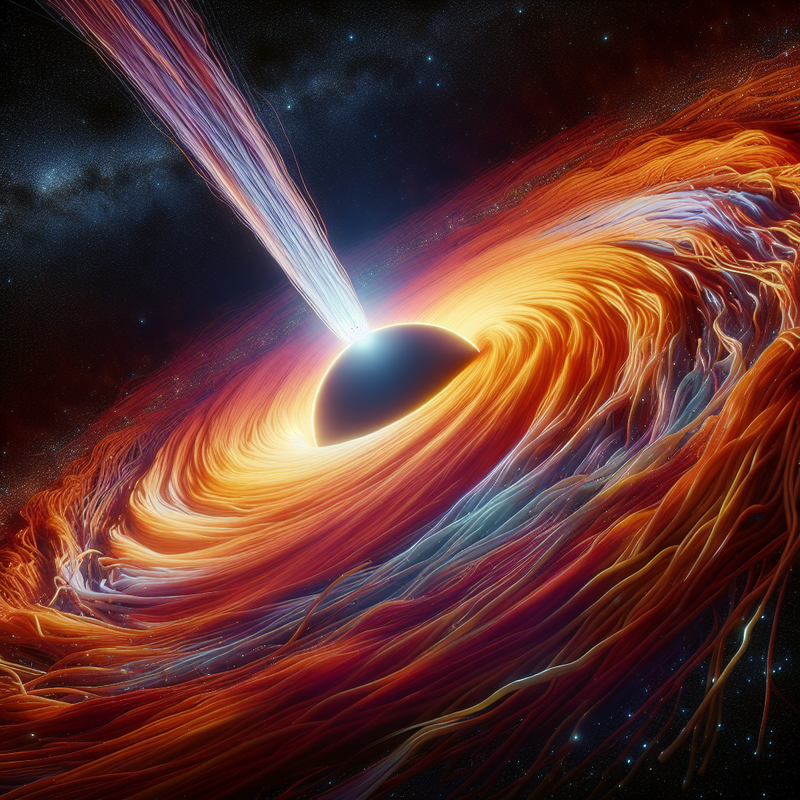NASA’s Outstanding Breakthrough
NASA has made an outstanding breakthrough in the realm of space science by revealing the existence of a colossal black hole situated a staggering 600 million light-years away from Earth. This pivotal point in the space research saga comes from the blend of observations from the Hubble Space Telescope and the Chandra X-ray Observatory.
Encounter with a Stellar Giant
The astronomic community has spotted a black hole, known as AT2024tvd, at the heart of a spectacular tidal disruption event (TDE)—an infrequent spectacle wherein a black hole’s gravitational might disintegrates a star. This black hole is unusual because it was found 2,600 light-years from its galaxy’s center. The discovery indicates that massive black holes may be adrift in space, far from their expected galactic strongholds.
Yuhan Yao from the University of California, Berkeley, who is at the forefront of this research, illuminated this astounding find. Yao noted, “AT2024tvd signifies the inaugural instance of a TDE observed optically and opens the avenue for uncovering a covert community of nomadic black holes with future celestial surveys.”
The importance of this event lies not only in gaining a better understanding of such solitary black holes but also in its potential to revamp the prevailing models of galactic evolution. It posits a challenge to the long-held view that supermassive black holes only dwell at the center of galaxies, overseeing the activity of their respective stellar hosts.
The extent of the disruption was such that it sent forth a glaring blue flare—sharply contrasting with the galaxy’s orange glow—signifying the process of ‘spaghettification,’ where the star’s shredded remains were superheated to millions of degrees before being devoured. These groundbreaking observations afford astronomers a vivid glimpse into the forceful events that unfold in the void.
This notable revelation by NASA does not merely resolve longstanding enigmas regarding the edges of the cosmos, but it also carves out a new avenue in astronomical science. It proposes explorations that might transform the very principles that dictate our understanding of the universe.
















